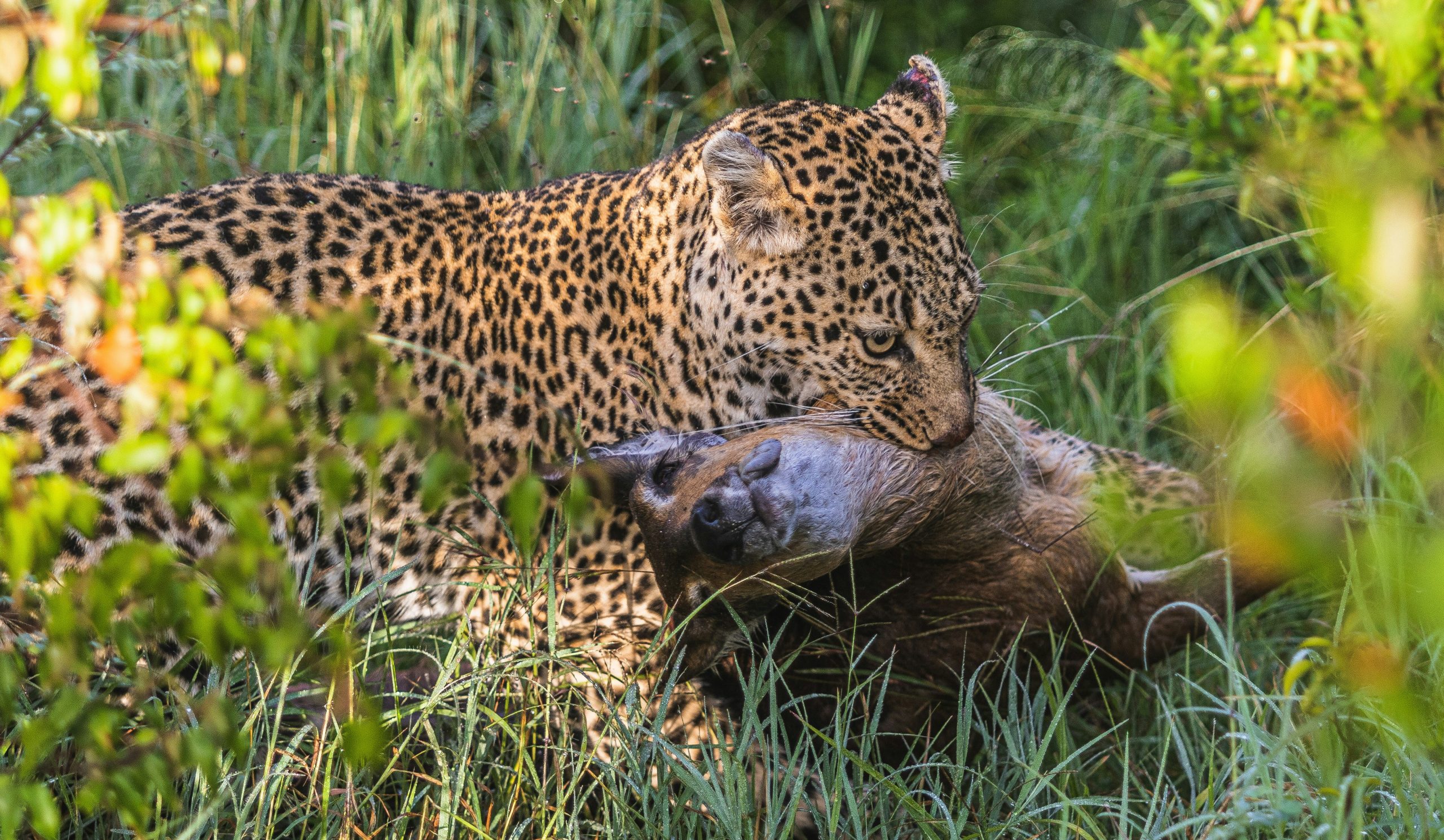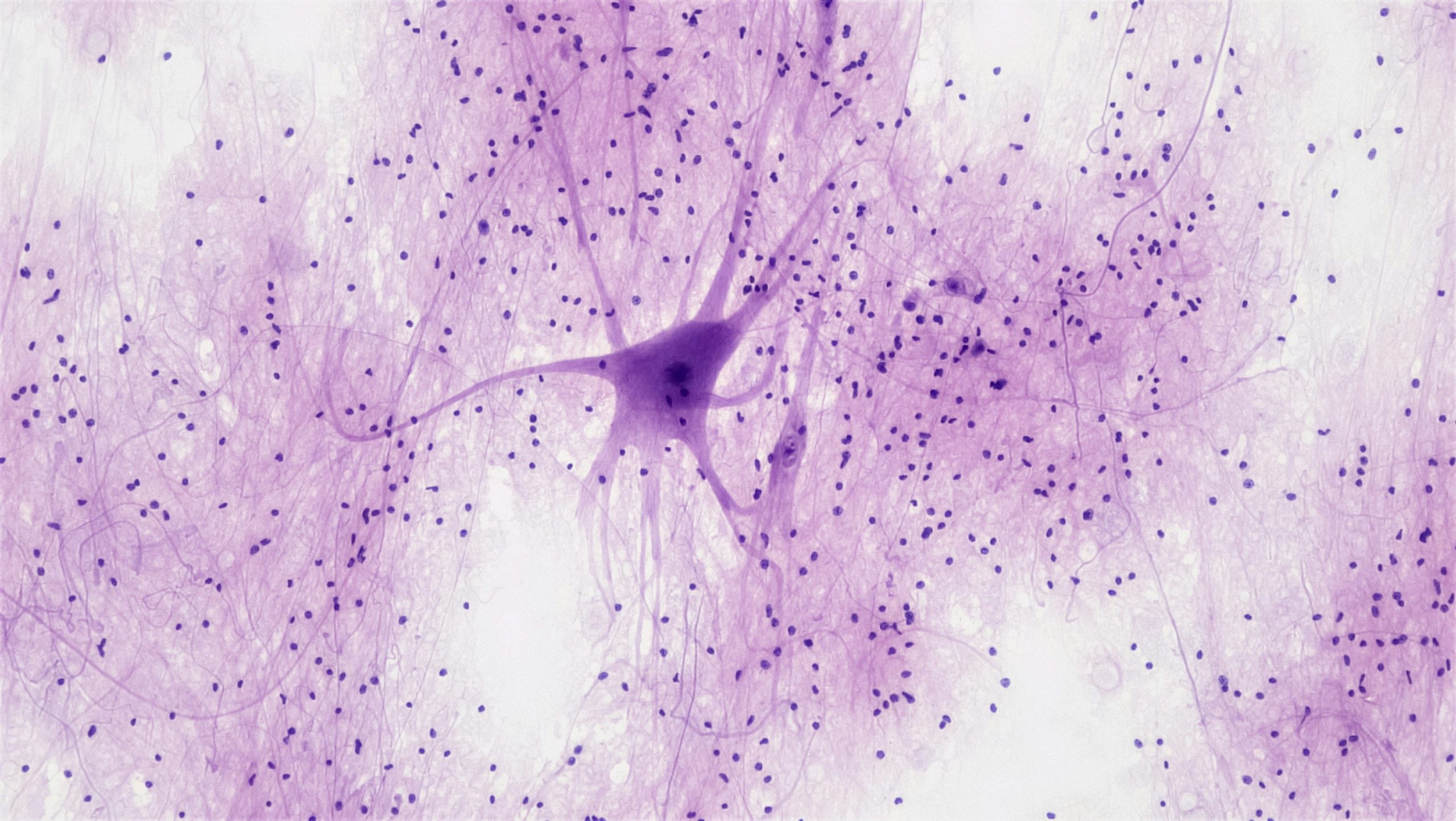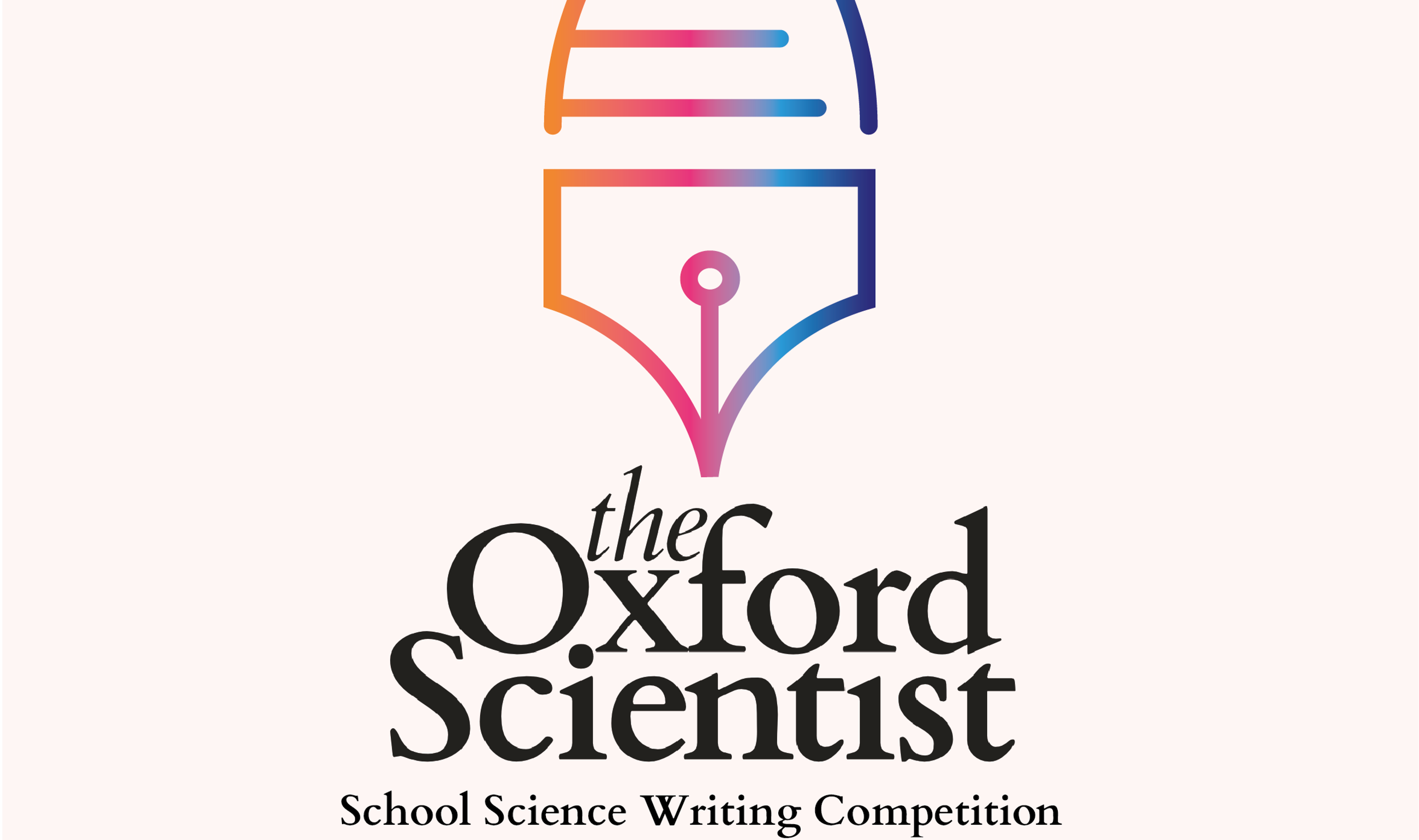Preesha Jain, Year 12, Chelmsford County High School for Girls
Creativity, as defined by the Oxford Language, is “the use of imagination or original ideas to create something; inventiveness.”
In science, the name given to an individual who discovers or develops something new is a “scientist” or “inventor.” Somebody who thinks outside of the box, who takes an alternative route, who does something unexpected. These are all simply ways of denoting “creativity.” Without creativity, scientific knowledge in itself is futile.
If we look at scientists and inventors throughout history, we can spot the recurring theme of creativity – possibly subtle at first glance but more obvious and crucial to their discovery or invention’s societal benefit than we think. Alexander Fleming and his accidental discovery of penicillin as an antibiotic to cure bacterial infections, Marie Curie and her remarkable work on radioactivity, importantly its development in the treatment of cancer as radiotherapy (amongst other uses), even early man, who may not initially strike us as inventors or scientists, were creative in these senses too. The wheel, for example, is considered to be the greatest mechanical discovery in the history of humankind by many scholars. Early man could be argued as the first physicists: when someone stepped on an unstable log and fell over for the first time, they made the ingenious discovery that round objects reduce friction with the ground (even if that wasn’t their exact reasoning). Ancient Egyptians creatively utilised even this basic scientific principle, by using rollers to transport heavy equipment and limestone blocks when building their pyramids, easing the strain on their bodies. Science, merged with creativity, paved the way for new inventions to follow; the axle elevated the concept of the wheel to new heights and gave rise to transportation: from chariots and horse-drawn coaches to bicycles and modern-day cars.
Transportation really took flight with the Wright brothers (no pun intended). They took their inspiration from nature, by studying birds and observing how they changed their wing shape to manoeuvre themselves. Key anatomical features such as the structure and slight curvature of the wing to create lift whilst soaring were transferred into their own plane wing designs, and the wing warping theory was adapted from watching buzzards twisting the tips of their wings to turn. The Wright Brothers’ mimicry of nature’s own aviators and taking creative inspiration from their environment led to the ground-breaking engineering feat of the first successful airplane.
Thomas Edison, just like many scientists of his time, knew all about electricity. Of course, he was not the only person who had knowledge of material properties. However, it was the application of his knowledge in an imaginative way that meant he was accredited, most famously, for becoming the inventor of the modern incandescent lightbulb. Notably, he made the carbonised bamboo filament long and thin to have a high resistance and coiled it for compactness. This creative and practical design is what made the lightbulb such a successful staple everywhere, with many features remaining similar to this day.
The combination of creativity and science is more ubiquitous than one may think. Medicine, a field of work that all of us depend on in our daily lives, now more than ever, is an example of a major area whereby science cannot be effective without creativity. The development of treatments is constantly occurring for diseases – the COVID-19 vaccine being an extremely relevant one. The urgent need for the vaccine meant there was not enough time to grow large amounts of the virus and weaken them like traditional vaccines. The relatively new mRNA vaccine was therefore the ideal candidate, and it was the creative methods of scientists and doctors that meant it was able to be quickly adapted for the coronavirus. By sequencing its genes and injecting RNA copies of the section responsible for the virus’ spike protein, our immune system is able to create antibodies against COVID-19, granting us immunity.
Science and creativity are intrinsically linked; creativity provides the wings to scientific knowledge, so it can take off and give rise to new inventions. Especially in the last decade, the remarkable developments of smart technology and human genome editing, to name a few examples, are proving that the creativity-science fusion can truly unlock limitless possibilities.
Runner-up for the Schools Science Writing Competition, Hilary Term, 2021
Image credit: Inge Wallumrod from Pexels





